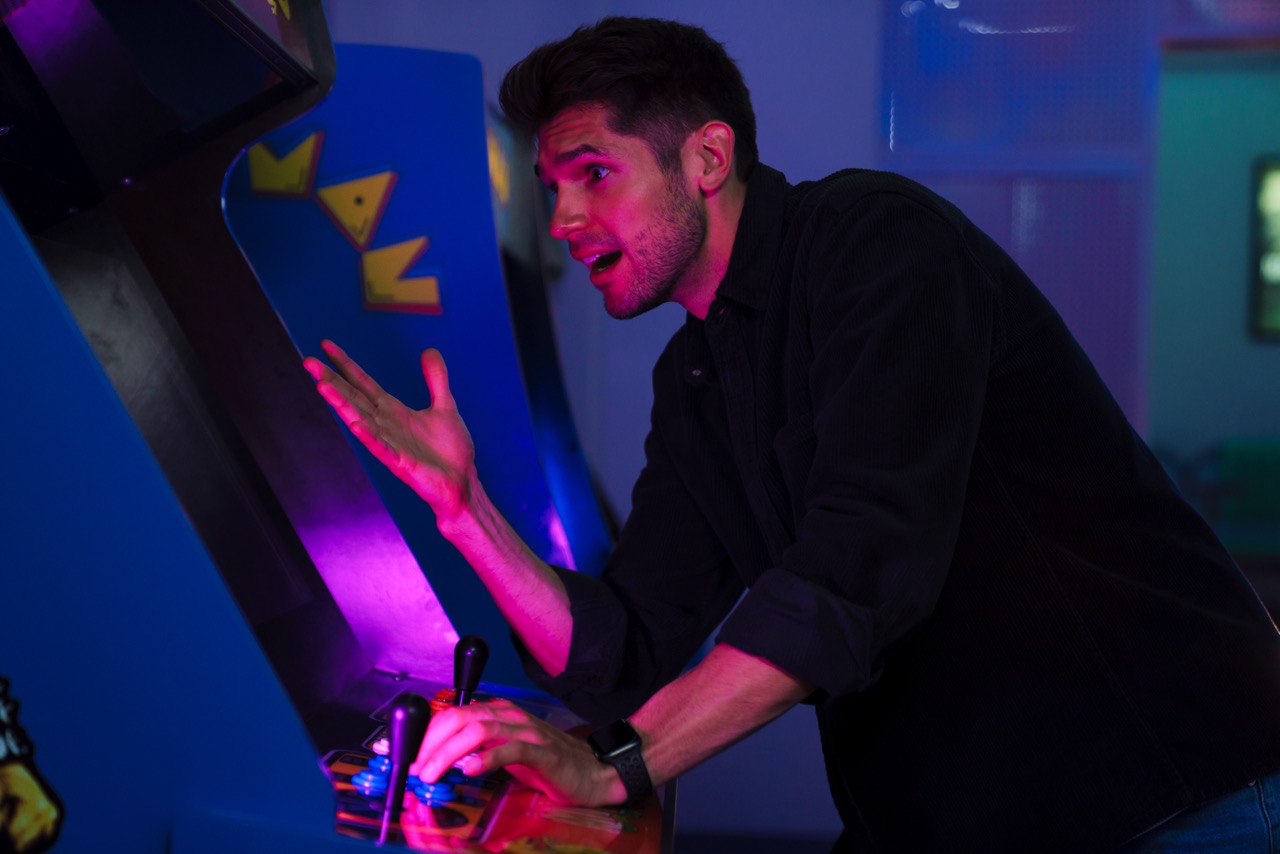When you think of aerial combat, the image of a lone pilot in a vintage biplane often comes to mind—especially if that pilot is the legendary Red Baron. Manfred von Richthofen, better known as the Red Baron, was not just a formidable fighter pilot during World War I; he became a symbol of aerial prowess and romance in the skies. His legacy has transcended time, influencing everything from literature and film to video games. One of the most fascinating aspects of his enduring impact is how he has shaped the world of flight simulation. This article explores the life of the Red Baron, the origins of flight simulation, and how this iconic figure continues to inspire modern flight sims.
The Legend of the Red Baron: Who Was He Really?
Manfred von Richthofen was born in 1892 in what is now Poland. Initially, he served as a cavalry officer in the German army before switching to aviation, where he found his true calling. By the end of World War I, he had amassed 80 confirmed aerial victories, making him the most successful fighter pilot of the war. His aircraft, painted a striking shade of red, became instantly recognizable and earned him the moniker "Red Baron."
Richthofen’s approach to aerial combat was revolutionary. He emphasized teamwork and strategy, forming the renowned "Flying Circus," a unit that combined skilled pilots and colorful aircraft. His tactics and leadership style not only made him a deadly opponent but also garnered respect from enemies, including pilots from allied forces. Even today, stories of his daring exploits and charismatic personality continue to captivate aviation enthusiasts and historians alike.
Tragically, the Red Baron was shot down in 1918, but his legacy didn’t end there. His name has become synonymous with aerial combat, representing the thrill and danger of flying in wartime. The Red Baron has appeared in countless films, books, and games, cementing his status as a cultural icon that continues to resonate through generations.
Early Flight Simulation: From Dreams to Digital Skies
The concept of flight simulation has been around long before the advent of computers. As early as the 1920s, aviation enthusiasts used rudimentary devices to mimic the flying experience. These devices often consisted of simple mechanical systems that allowed pilots-in-training to practice control and navigation without leaving the ground. However, it wasn’t until the 1960s that the first digital flight simulator emerged, paving the way for a new era of training and entertainment.
With the introduction of mainframe computers, developers began creating more sophisticated flight simulation software. These early simulations were primarily used for training military pilots, allowing them to practice in a controlled environment. Yet, it didn’t take long for enthusiasts to see the potential for consumer use. By the late 1970s, the first commercial flight simulators began to appear in arcades and on personal computers, capturing the public’s imagination.
As technology advanced, so did the complexity of flight simulators. The 1980s and 1990s saw a boom in the genre, with titles like "Microsoft Flight Simulator" becoming household names. These early games laid the groundwork for a new form of escapism, allowing players to soar through virtual skies and experience the thrill of flight without ever leaving their homes. The dream of flying was no longer confined to the realms of imagination; it had become a digital reality.
How the Red Baron Inspired Flight Sim Innovations
The Red Baron’s impact on flight simulation can be felt in various ways, particularly through the incorporation of aerial combat scenarios. Early flight sims often focused on commercial aviation or general flying, but the allure of dogfighting—rooted in the Red Baron’s legendary exploits—sparked interest in combat flight simulations. Games began to incorporate realistic physics, weapon systems, and engaging storylines that drew inspiration from World War I aviation.
One of the most notable flight sims inspired by the Red Baron is "Red Baron," released in the early 1990s. This game brought the thrill of aerial dogfights to players, allowing them to assume the role of various pilots, including the Red Baron himself. It featured historically accurate missions and aircraft, immersing players in the atmosphere of early aviation. The success of such games showed that there was a significant audience for historical combat simulations, which continue to thrive today.
Moreover, the Red Baron has influenced the design of flight sims beyond just gameplay mechanics. The character’s larger-than-life persona has encouraged developers to add narrative depth and character-driven stories to their simulations. This blend of history, excitement, and immersive storytelling keeps the spirit of the Red Baron alive in modern flight sims, allowing players to connect with the past while enjoying the thrill of virtual flight.
Modern Flight Sims: Keeping the Baron’s Spirit Alive!
Today’s flight simulators have reached astonishing levels of realism, thanks to advancements in graphics and processing power. Modern titles like "DCS World" and "Microsoft Flight Simulator" feature hyper-realistic environments and meticulously detailed aircraft, allowing players to experience the feeling of flight like never before. The legacy of the Red Baron continues to inspire developers, who frequently include World War I scenarios and air combat mechanics in their games.
Many modern flight sims also feature campaigns that pay homage to the era of the Red Baron. Players can engage in historical missions that mirror the real-life feats of early aviators, including dogfights and reconnaissance missions. These experiences not only allow players to channel their inner Red Baron but also educate them about the historical context of aerial warfare during World War I.
Moreover, the community surrounding flight simulation has flourished, with forums and online multiplayer options connecting enthusiasts from around the world. This community-driven aspect mirrors the camaraderie that the Red Baron fostered in his Flying Circus, as players share tips, experiences, and even historical insights. In this way, the spirit of the Red Baron lives on, inspiring a new generation of pilots—both virtual and real—to take to the skies.
The legacy of the Red Baron has had a lasting impact on the world of flight simulation. From his remarkable exploits as a fighter pilot to the innovative developments in flight sims inspired by his story, the Red Baron remains a central figure in the narrative of aviation history. As technology continues to evolve, so does the ability to explore and celebrate the skies that Richthofen once dominated. By blending history, excitement, and community, modern flight simulators ensure that the spirit of the Red Baron will soar high for years to come. So strap in, and get ready to take flight—who knows, you might just channel your inner Red Baron!










